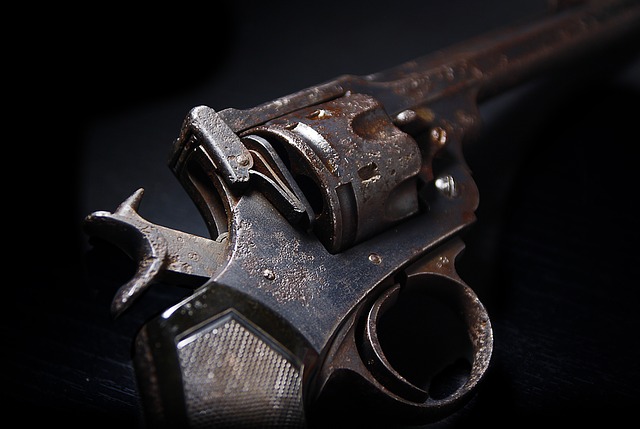
The Fountainhead, part 4, chapter 3
After a few weeks, Roark returns to Gail Wynand’s office with plans and sketches of the house he’s going to build. Wynand pronounces himself impressed. But he’s strangely formal, very unlike his earlier attitude of camaraderie:
“You want to see this house erected?” Wynand asked softly. “You want it very much?”
“Yes,” said Roark.
Wynand did not move his hand, only parted his fingers and let the cardboard drop face down on the desk.
“It will be erected, Mr. Roark. Just as you designed it. Just as it stands on this sketch. On one condition… I wish to sign a contract whereby you will be sole architect for any building I undertake to erect in the future. As you realize, this would be quite an assignment. I venture to say I control more structural work than any other single person in the country… In exchange, you will have to submit yourself to certain conditions. Before I name them, I’d like to point out some of the consequences, should you refuse. As you may have heard, I do not like to be refused. The power I hold can work two ways. It would be easy for me to arrange that no commission be available to you anywhere in this country. You have a small following of your own, but no prospective employer can withstand the kind of pressure I am in a position to exert.”
Having delivered this scarcely-veiled threat, Wynand drops the bomb. He wants to make Roark another of his infamous offers you can’t refuse:
“I want you to design all my future commercial structures — as the public wishes commercial structures to be designed. You’ll build Colonial houses, Rococo hotels and semi-Grecian office buildings. You’ll exercise your matchless ingenuity within forms chosen by the taste of the people… But the house you’ve designed for me shall be erected as you designed it. It will be the last Roark building to rise on earth. Nobody will have one after mine. You’ve read about ancient rulers who put to death the architect of their palace, that no others might equal the glory he had given them.”
Wynand is expecting to savor Roark’s indignation or outrage, but he doesn’t get either one. Instead, Roark cheerfully says, “That’s easy,” picks up a spare sheet of paper and starts sketching:
“Is this what you want?”
Wynand’s house stood drawn on the paper — with Colonial porches, a gambrel roof, two massive chimneys, a few little pilasters, a few porthole windows. It was not a parody, it was a serious job of adaptation in what any professor would have called excellent taste.
“Good God, no!” The gasp was instinctive and immediate.
“Then shut up,” said Roark, “and don’t ever let me hear any architectural suggestions.”
Just in case there was any doubt, this scene shows that Roark can do classical architecture when he wants to. He can even do it well (“excellent taste”). It’s not true, as he claimed earlier, that he’s literally unable to design classical buildings. This means that he was kicked out of architectural school because of deliberate stubbornness and spitefulness on his part, not because his professors were asking him to do something he was incapable of doing.
Having read this chapter several times, the sequence of events in this scene is unclear to me. I think we’re meant to infer that when Wynand tries to blackmail him, Roark threatens to retaliate by making Wynand’s house an ugly classical monstrosity instead of the clean modernist design he wanted, and Wynand backs down in the face of the threat.
But why would he? Roark already finished the modernist design, it’s right there on the desk in front of them. Why doesn’t Wynand just insist that Roark build his house from the already completed plans instead of using the brand-new sketch?
Roark later says that he was safe the whole time, because he knew he could trust in Wynand’s integrity. That’s an odd thing to say, since he presumably knows that Wynand has done this to many people before him. In fact, when we met Gail Wynand, we read that it was one of his character-defining traits to find people known for their integrity and then use his immense wealth and power to force them to sell out. It’s how Wynand convinces himself that he made the right choice in sacrificing his principles for power.
The question is why Rand put so much effort into establishing this fact when it turns out to be irrelevant to the rest of the novel. As I said earlier, it could have worked as the plot arc of part 4 – showing how Wynand’s schemes crash against Roark’s unbreakable integrity – but that would’ve required Rand to put effort into depicting the struggle between them. Instead, the whole conflict is resolved at the first opportunity, in the space of a page, and never comes up again.
It’s another example of how Rand never permits her heroes to actually compete with each other, even though her belief system is all about fearless individualism and unbounded capitalism. People who think this way should come to blows often. They should welcome the chance to clash with each other, to prove on the anvil of competition whose ideas are better.
Instead, her protagonists instinctively recognize who’s higher in the Randian hierarchy and defer to each other accordingly. That’s why Gail Wynand makes only a perfunctory attempt to corrupt Roark and immediately gives up on it when it doesn’t work. Presumably, it was morally OK for him to crush those other guys because he was More Objectivist than them, but in Howard Roark, he’s met his superior and he knows it.
Other posts in this series: